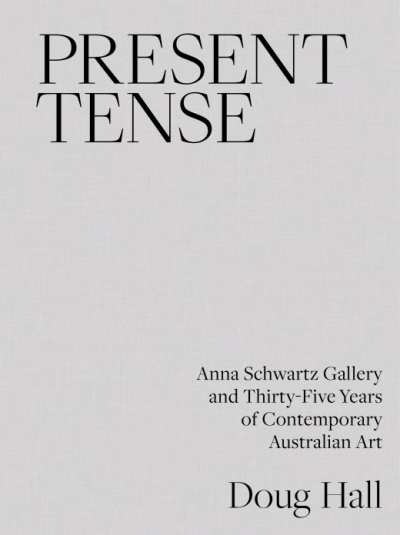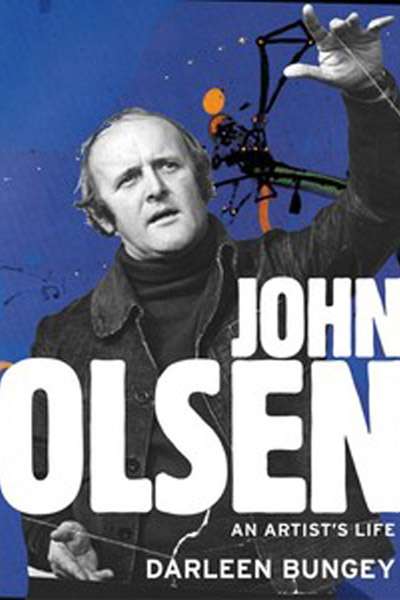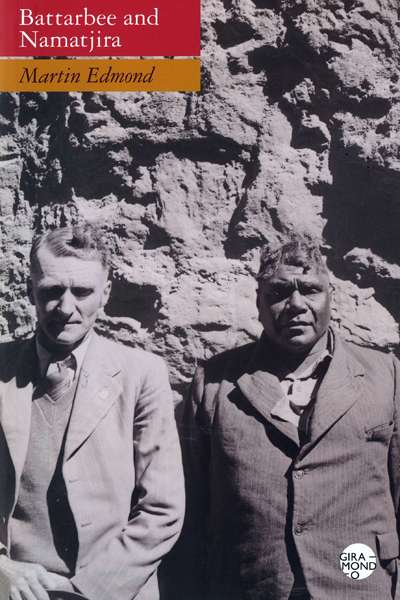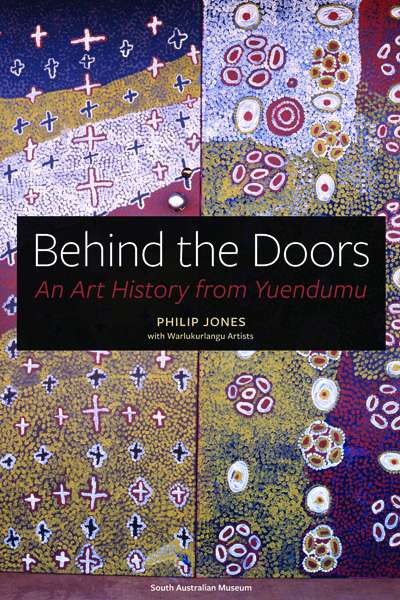Australian Art
Present Tense: Anna Schwartz Gallery And Thirty-Five Years Of Contemporary Australian Art by Doug Hall
by Sophie Knezic •
Australian Art Exhibitions: Opening our eyes by Joanna Mendelssohn et al.
by Ron Radford •
Strange Country: Why Australian painting matters by Patrick McCaughey
by Mary Eagle •
Visions of Colonial Grandeur: John Twycross at Melbourne’s International Exhibitions by Charlotte Smith and Benjamin Thomas
by Christopher Menz •
Acute Misfortune: The life and death of Adam Cullen by Erik Jensen
by Peter Rose •
Behind the Doors: An art history from Yuendumu by Philip Jones with Warlukurlangu Artists
by Colin Golvan •










